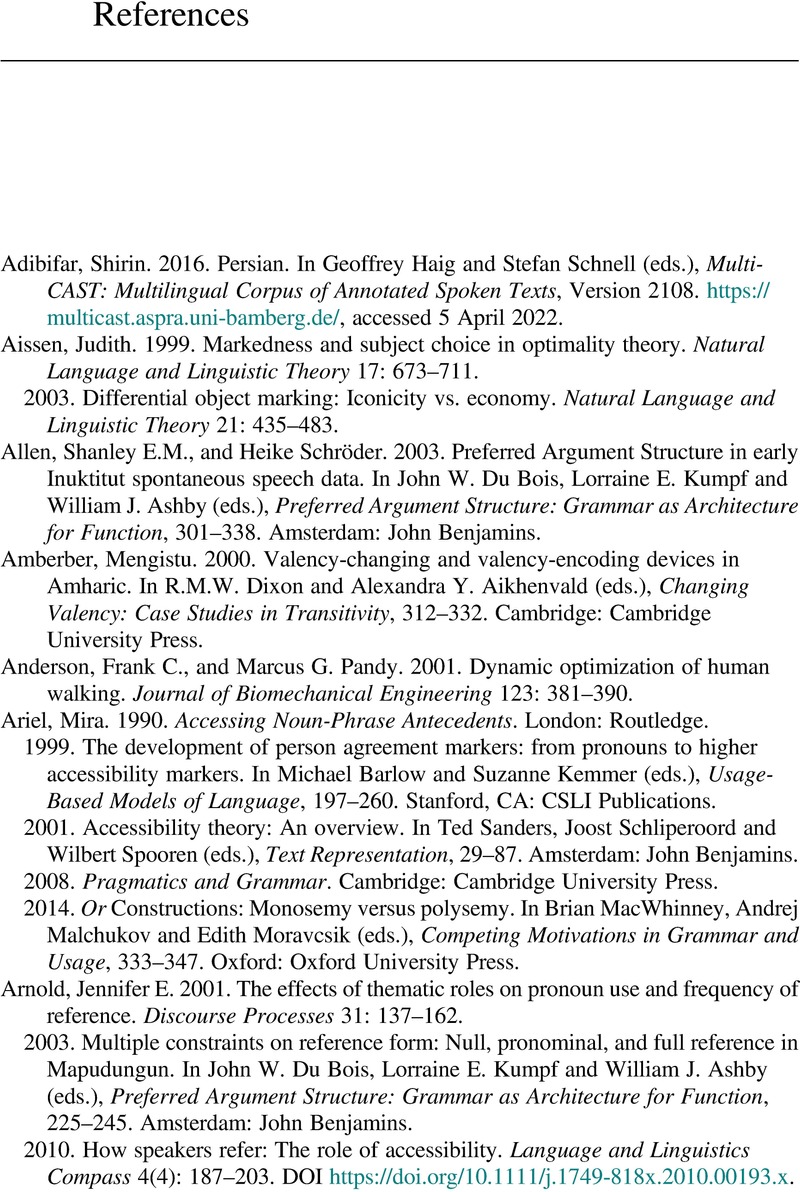Book contents
References
Published online by Cambridge University Press: 03 November 2022
Summary

Information
- Type
- Chapter
- Information
- Communicative EfficiencyLanguage Structure and Use, pp. 256 - 287Publisher: Cambridge University PressPrint publication year: 2022
